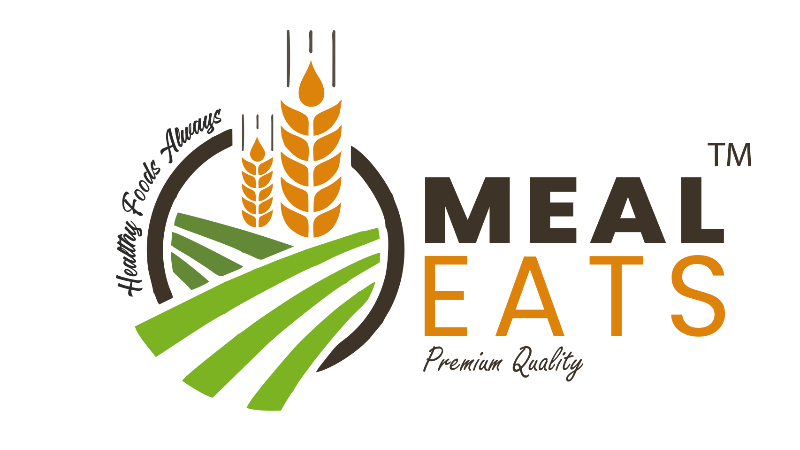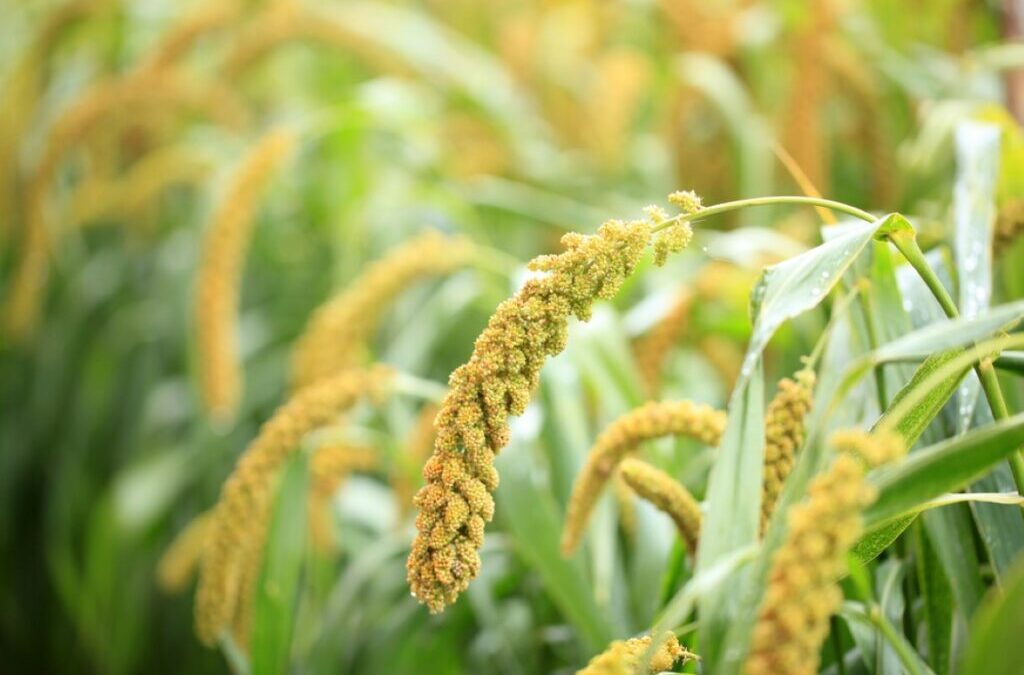In recent years, there has been a surge in interest surrounding alternative grains, and one of the grains in the spotlight is millet. Millets, which have been consumed for thousands of years, are gaining recognition for their versatility and nutritional value. But are millet-based products truly healthy? Let’s dive into this topic and uncover the facts.
Understanding Millets:
Millet is a term used to describe a group of small-seeded grasses that have been cultivated globally for centuries. Common types of millets include pearl millet, finger millet, foxtail millet and barnyard millet. These grains are gluten-free and rich in essential nutrients, such as fiber, vitamins, and minerals.
Nutritional Benefits:
1- Rich in Nutrients: Millets are packed with essential nutrients. They provide carbohydrates for sustained energy and are also a good source of protein, making them valuable for vegetarian and vegan diets.
2- High in Fiber: Millets are high in dietary fiber, which supports digestion, prevents constipation, and promotes gut health. This can aid in weight management and reduce the risk of diseases like heart disease and diabetes.
3- Antioxidant Properties: Millets contain antioxidants like phenolic compounds, which help protect the body from oxidative stress and inflammation, reducing the risk of chronic diseases.
4- Gluten-Free: Millets are an excellent alternative to gluten-containing grains for individuals with gluten sensitivities or celiac disease.
Debunking Myths:
1- Low Protein Content: While millets have a lower protein content compared to some grains like quinoa, they still offer a significant amount of protein when consumed as part of a balanced diet.
2- Limited Flavor: Contrary to popular belief, millets have a mild, slightly nutty flavor that complements various ingredients and cooking styles. They can be used in savory and sweet dishes alike.
3- Limited Availability: In the past, millets were less commonly found in mainstream markets. However, due to increased demand and awareness, millet-based products are becoming more readily available in grocery stores and online.
How to Incorporate Millets into Your Diet:
1- Replace Rice or Pasta: Substitute cooked millets like pearl millet or foxtail millet for rice or pasta in dishes such as pilafs, salads, or stir-fries.
2- Baking: Use millet flour in baking recipes to make bread, muffins, or pancakes.
3- Porridge: Cook millets with milk or water to make a nutritious breakfast porridge, adding fruits, nuts, or spices for flavor.
4- Snacks: Enjoy millet-based snacks like puffed millet chips or roasted millet mixtures for a healthy, crunchy treat.
Conclusion:
In conclusion, millet-based products offer numerous health benefits and are a valuable addition to any diet. They are rich in essential nutrients, high in fiber, and gluten-free, making them suitable for various dietary preferences and restrictions. By incorporating millets into your meals, you can enjoy delicious, nutritious dishes while supporting your overall health and well-being. So, next time you’re grocery shopping, consider adding some millet-based products to your cart and explore the versatility of this ancient grain.

